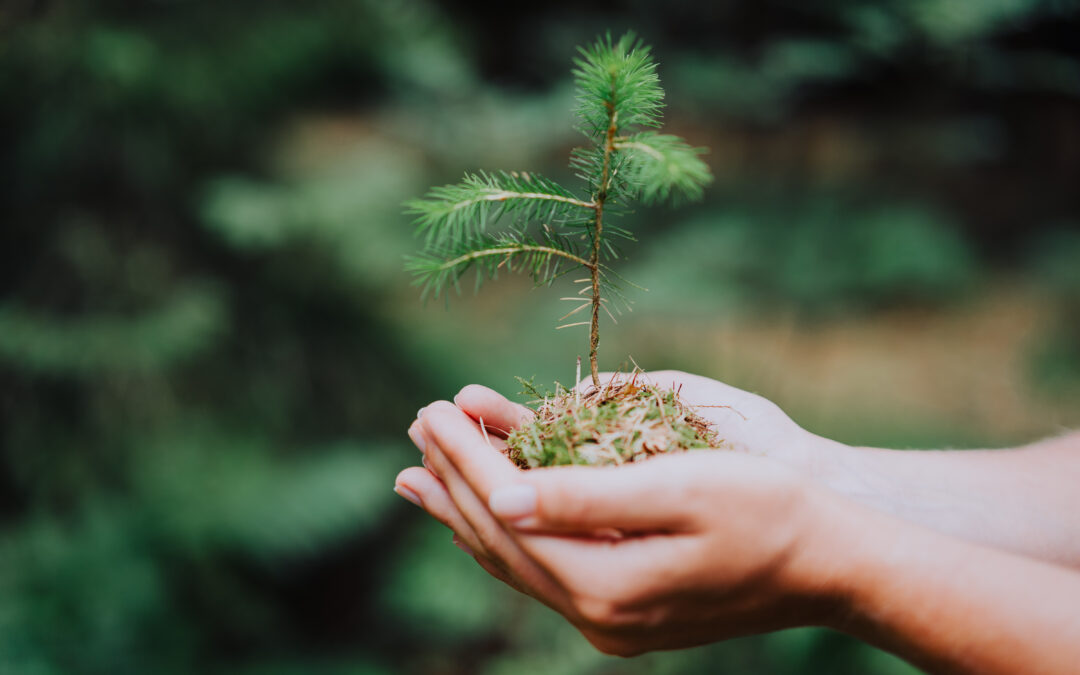Self-reliance is a fundamental aspect of human existence. It refers to the ability to take care of oneself without relying on external assistance or support. In today’s world, where we are constantly bombarded with advertisements and messages that encourage us to consume more and save less, self-reliance has become an essential skill that can help us achieve financial independence and lead a fulfilling life.
In this blog post, we will explore what it means to be self-reliant, why it’s important, and how you can achieve it in various aspects of your life. We will cover topics such as practical tips for achieving financial self-sufficiency, developing a resilient mindset, building a sustainable homestead, and community supported agriculture programs.

Introduction to Self-Reliance: What It Means and Why It’s Important
Self-reliance is not just about being able to survive on your own; it’s also about taking responsibility for your actions and decisions. When you are self-reliant, you don’t blame others for your problems, nor do you expect someone else to solve them for you. Instead, you take control of your life and make conscious choices that align with your values and goals.
The Psychology of Dependence and Independence
Dependence is often rooted in fear – fear of failure, fear of uncertainty, and fear of rejection. When we rely on others for our needs, we feel safe and secure because we believe they will always be there to provide for us. However, this dependence can quickly turn into a cycle of codependency, where we become emotionally dependent on others and lose sight of our own identity.
On the other hand, independence is born out of confidence and self-assurance. When we are independent, we know that we have the skills and resources necessary to handle any situation that comes our way. This sense of empowerment allows us to take risks, try new things, and pursue our dreams without fear of failure.
Practical Tips for Achieving Financial Self-Sufficiency
Financial self-sufficiency is one of the most critical components of self-reliance. Here are some practical tips for achieving financial independence:
1. Create a budget and stick to it. By tracking your expenses and setting financial goals, you can gain control over your finances and start saving money.
2. Pay off debt aggressively. If you have credit card debt or loans, focus on paying them off first before investing or saving for retirement.
3. Build an emergency fund. Save at least three months worth of living expenses so that you have a cushion if something unexpected happens.
4. Invest wisely. Start by educating yourself about different types of investments and assessing your risk tolerance. Diversify your portfolio to minimize risk.
5. Live below your means. Avoid lifestyle inflation and practice frugality. Cook meals at home instead of eating out, shop around for deals, and avoid impulse purchases.
How to Develop a Resilient Mindset for Overcoming Challenges
A resilient mindset is crucial for achieving self-reliance because it helps you bounce back from setbacks and overcome challenges. Here are some strategies for developing mental toughness:
1. Cultivate gratitude. Focus on the positive aspects of your life and express appreciation for what you have.
2. Practice mindfulness meditation. Regularly practicing mindfulness can help reduce stress and increase emotional stability.
3. Set realistic goals. Break down larger goals into smaller, achievable steps to build momentum and stay motivated.
4. Learn from failures. Embrace mistakes as opportunities to learn and grow stronger.
Building Your Own Sustainable Homestead: A Guide to Growing Your Own Food and Generating Renewable Energy
For many people, achieving self-reliance involves creating a sustainable homestead where they can grow their own food and generate renewable energy. Here are some tips for getting started:
1. Choose the right location. Look for land with good soil quality, access to water, and a favorable climate for growing crops.
2. Design your property. Consider factors like sun exposure, wind patterns, and drainage when planning your garden layout.
3. Plant a variety of crops. Grow vegetables, fruits, herbs, and grains to ensure a diverse diet and reduce the risk of crop failure.
4. Use natural pesticides and fertilizers. Avoid chemicals by using compost tea, neem oil, and other organic methods to keep pests away and boost plant growth.
5. Install renewable energy systems. Consider solar panels, wind turbines, or hydroelectric generators to power your home and reduce reliance on fossil fuels.
Community Supported Agriculture (CSA) Programs: Benefits, Risks, and Best Practices
CSAs are a popular way to connect consumers directly with local farmers and get fresh produce delivered straight to your doorstep. Here are some benefits and risks associated with CSA programs:
Benefits:
1. Fresh, locally sourced produce
2. Reduced environmental impact due to reduced transportation costs
3. Stronger connection between consumer and producer
Risks:
1. Limited choice of products
2. Unpredictability of harvests which may result in inconsistent deliveries
3. Potential for contamination if proper safety measures aren’t followed
Best practices for joining a CSA program include researching local farms, reading reviews, and asking questions about their growing practices and delivery schedules.
Conclusion
Self-reliance is a journey, not a destination. It requires constant effort and dedication to maintain, but the rewards are well worth it. Whether you’re looking to achieve financial independence, develop a resilient mindset, or create a sustainable homestead, the principles of self-reliance can guide you towards a more fulfilling and satisfying life.



